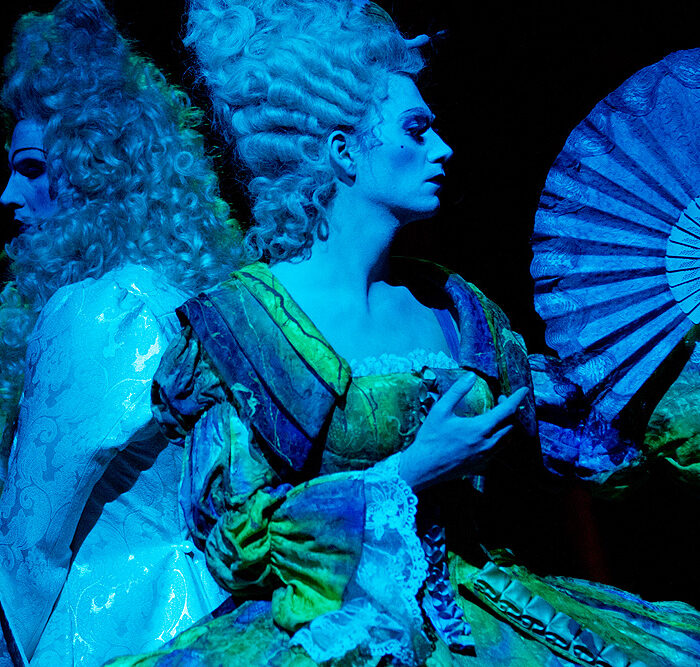
Opera Profile: Haydn’s ‘L’Incontro Improvviso’
By John VandevertOn the 29th of August 1775, Joseph Haydn’s seventh opera, “L’Incontro Improvviso” (The Unexpected Encounter – Hob 28:6) was premiered at “Eszterháza,” the Hungarian palace of Prince Nikolaus Esterházy, principle patron of Haydn and a strong advocate of Haydn’s symphonic repertoire.
The work had accompanied a four-day visit by Archduke Ferdinand Karl of Austria-Este and his consort Maria Beatrice d’Este. The opera was written in the Dramma giocoso style. This meant that the opera used dramatic punctuations at the end of acts called buffo, as well as the blending of highly virtuosoic passaged with more parlando and recitative-like passages.
The Story
Set in Cairo, the opera recounts the entangled love story of Ali and Rezia, although the latter is favored by the Sultan. Throughout the opera, characters like Calandro (a feverish drinker, swindler, and Galandariyya, an Islamic wandering mystic), Dardane (Rezia’s confidant and slave), and Osmin (Ali’s confidant and slave), decorate the story, adding the quintessential operatic chaos to the main character’s altruistic struggles to be together.
The opera finishes on a high note, with Ali and Rezia being pardoned by the Sultan, while Calandro is pardoned by request of the couple but banished from Cairo.
The libretto was created by the Austrian tenor, composer, and librettist Karl Friberth, although it was essentially an adaptation of the original opera comique by French librettist Louis Hurtaut Dancourt, used in Christoph Willibald Gluck’s 1764 opera of the same name, albeit in French (“La rencontre imprévue”). In-line with the Dramma giocoso conventions of the day, Filberth added longer finale acts.
What makes this opera so unique, however, is the fact that following its premiere in 1775 there was no other recorded performance for nearly 190 years, until at last in 1954 the Danish musicologist Jens Peter Larsen managed to find the manuscript in Leningrad (now St. Petersburg). The opera was performed in concert in 1956, and then 10 years later formally staged at the Camden Festival in London, UK. But the first recording of Haydn’s seventh opera was not made until over 200 years after its premiere.
In 1980, the Radio Suisse Romande, under the baton of Hungarian conductor Antal Doráti, would create the first official recording of the opera, and in 2010 (over 230 years later), the opera’s German translation would be staged by the Wuppertal Opera in collaboration with the Haydn-Institut of Cologne.
Although it’s not considered among Haydn’s greatest works, the opera has many exceptional arias and musical moments which exhibits Haydn’s ability for programmaticism, Italianate lyricism, and tastefully “Exotic” language.
Listen
Categories
Opera Wiki

